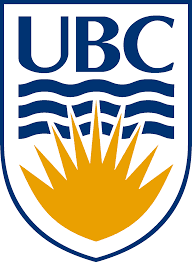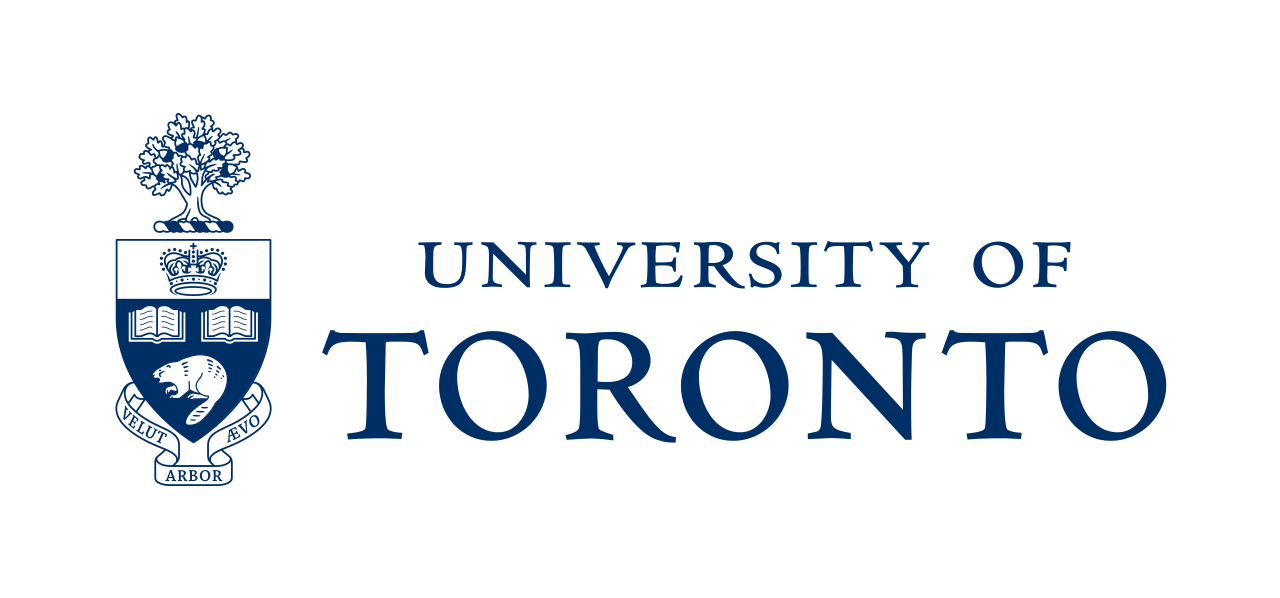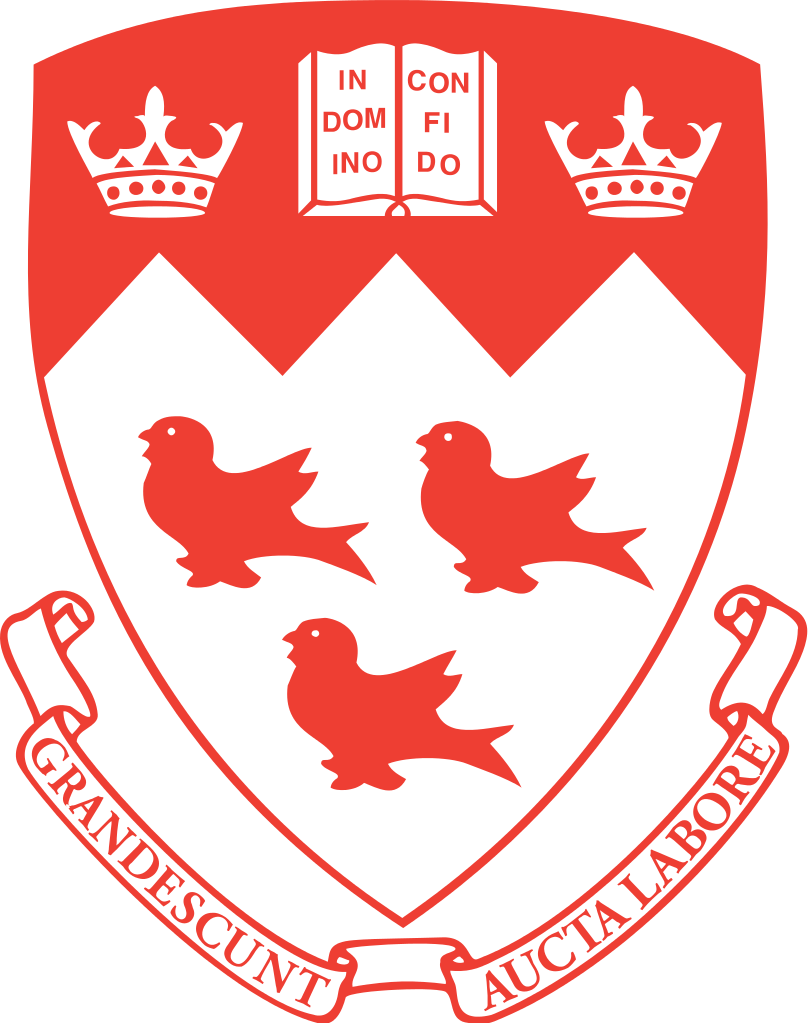Title: Constraining Planet Formation with Spectroscopy of Direct Imaged Planets
Abstract: In the past decade, several new jovian exoplanets at wide separations have been revealed using ground based telescopes equipped with adaptive optics systems. These planets, with masses between ~2-14 MJup, remain a puzzle for both major planet formation models. At the same time, they offer a powerful tool in the hunt for observational constraints of formation, as they can be characterized with both imaging and spectroscopy. I will describe our recent efforts to push beyond the discovery phase into the realm of detailed characterization of these planetary systems. Using OSIRIS on the Keck I telescope, we have been targeting known directly imaged planetary systems for detailed mapping of their atmospheres at R~4000. I will describe our findings, including the atmospheric abundance measurements for these planets, which can potentially be used as a diagnostic of formation. I will describe upcoming instrumentation efforts that will improve our ability to obtain spectra for directly imaged planets, including spectrographs in the planning phases for Keck and the future Thirty Meter Telescope, and the discuss prospects for direct exoplanet spectroscopy in the next two decades from the ground.
Bio: Quinn Konopacky is an Associate Professor of Physics in the Center for Astrophysics and Space Sciences at UC San Diego. Professor Konopacky uses high resolution techniques on large ground based telescopes to study star and planet formation. She got her Ph.D. in astronomy at UCLA in 2009 and was a postdoctoral fellow at Lawrence Livermore National Laboratory and the University of Toronto before joining the faculty at UCSD in 2015.







